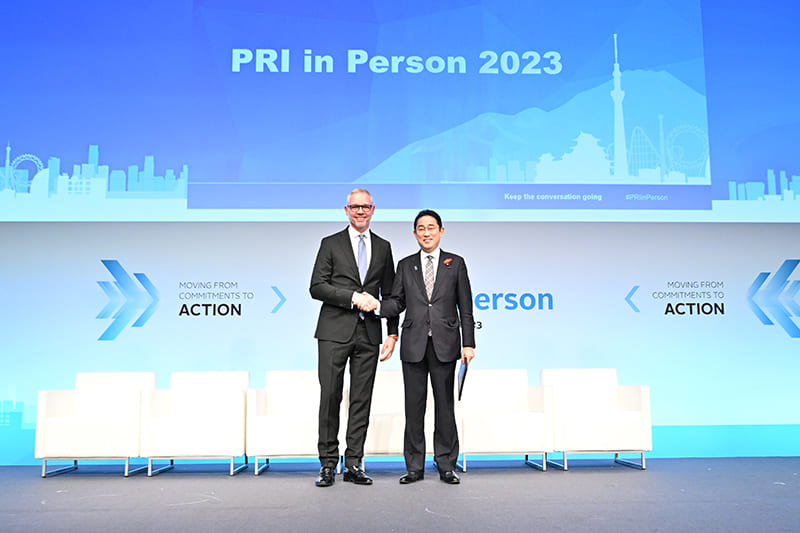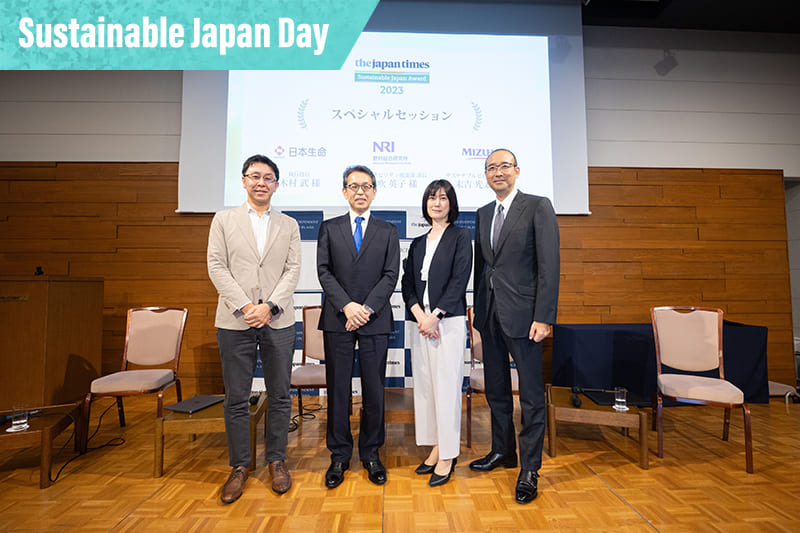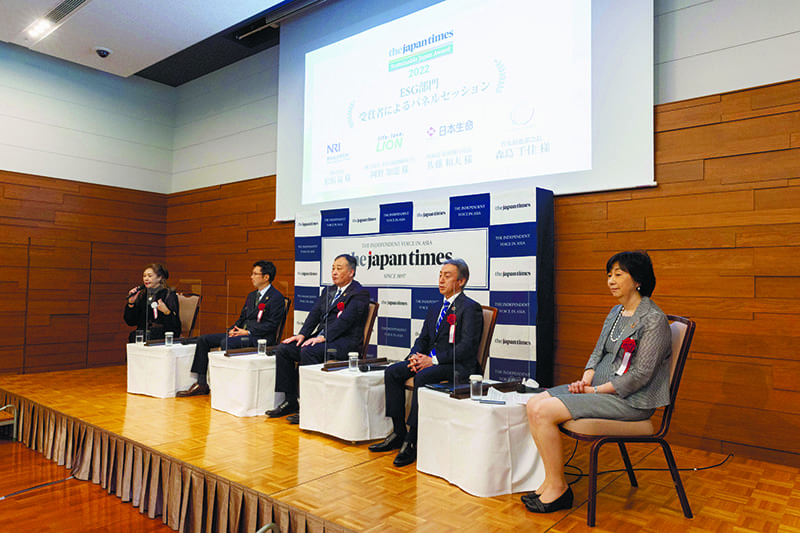January 20, 2019
The rise of social impact bonds in Japan

Social impact bonds (SIBs) have been increasingly attracting public attention as a new method of social investment.
The first batch of SIBs in Japan were launched in three municipalities during 2017 and 2018 following the themes of severe diabetes prevention in the city of Kobe and colorectal cancer screening in the city of Hachioji and Hiroshima Prefecture.
Although the size of the funds were relatively small — ¥24 million and ¥9.7 million, respectively — the involvement of major banks as investors, such as SMBC and Mizuho Bank, indicated that this could be another social investment product for mainstream investors.
SIBs originated in the U.K. in 2010 and have expanded to 100 projects in 20 countries with a total investment of over $400 million as of 2018. SIBs are unique programs providing investment opportunities in preventive social programs with the aim of bringing medium- to long-term benefits to both beneficiaries and government.
The first SIB was structured by the U.K. government for a prisoner rehabilitation program to prevent the high costs involved when ex-offenders return to prison, allowing investors to gain financial return based on the success of the social outcomes.
In Japan, the focus of SIB programs has been health care.
In 2015, the Ministry of Economy, Trade and Industry started a pilot program for health care SIBs focusing on dementia prevention as its first theme. The Ministry of Health, Labor and Welfare followed this in 2017 by launching a grant program for the research and development of Japanese SIBs.
The significance of this trend is reflected in the “Future Investment Strategy,” led by the Cabinet Secretariat during this time, which defined SIB promotion as part of its national strategy. It is estimated that there are now more than 20 local governments discussing implementation for a “pay for success,” or a SIB model across various social areas, including education, social welfare and care for the elderly.
The benefits of SIBs can also be a force for innovation. First, as a payment method linked to business social outcomes, or a pay for success model, they encourage innovation by the business sector and private funds in investment.
For example, the project cost for the three-year colorectal cancer screening project in Hachioji is ¥9.7 million, while the anticipated savings from the early detection of this cancer through reduced medical expenses is ¥16.6 million — which creates a clear cost benefit as a source of financial return for investors.
Second, SIBs also work as an important trigger for innovation in public services by providing the resources required to trial new approaches, enabling the accumulation of evidence.
Private SIB investors play a critical role in carrying the risk for the program by covering the costs if it fails to achieve its expected outcomes. Through this, the model encourages public sectors to design and implement innovative services that can be developed in this way by the business sector.
Another important initiative supporting the realization of SIBs is the growing field of social impact assessment (SIA), which makes evaluation possible by monetizing the social outcomes of projects.
Cost-benefit analysis has already been used to assess the impact of several types of public services, such as building infrastructure, and its application has been extended to various preventive social programs in structuring SIBs.
The Cabinet Office formed a study group on SIA in 2015 that led to the establishment of the “Social Impact Measurement Initiative” in 2016, which has already attracted more than 100 members from both public and private sector organizations.
The emergence of SIBs clearly signals a new wave of social investment in Japan. Since the Government Pension Investment Fund signed the Principles for Responsible Investment in 2015, the balance of assets for investments made based on environmental, social and governance factors, known as ESG, in Japan has sharply increased, exceeding ¥130 trillion in 2017.
In 2019, plans are in place to use dormant account funds to create a new social fund, which is estimated to grow to more than ¥40 billion annually. This is a promising start, but more social investment products such as SIBs are needed to fully respond to the increasing market appetite for social investment.

















